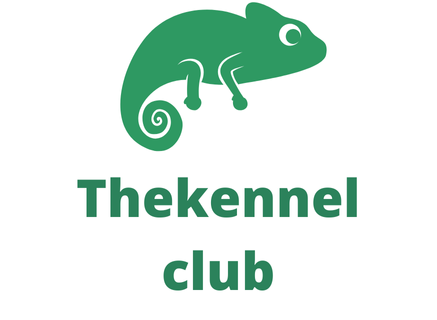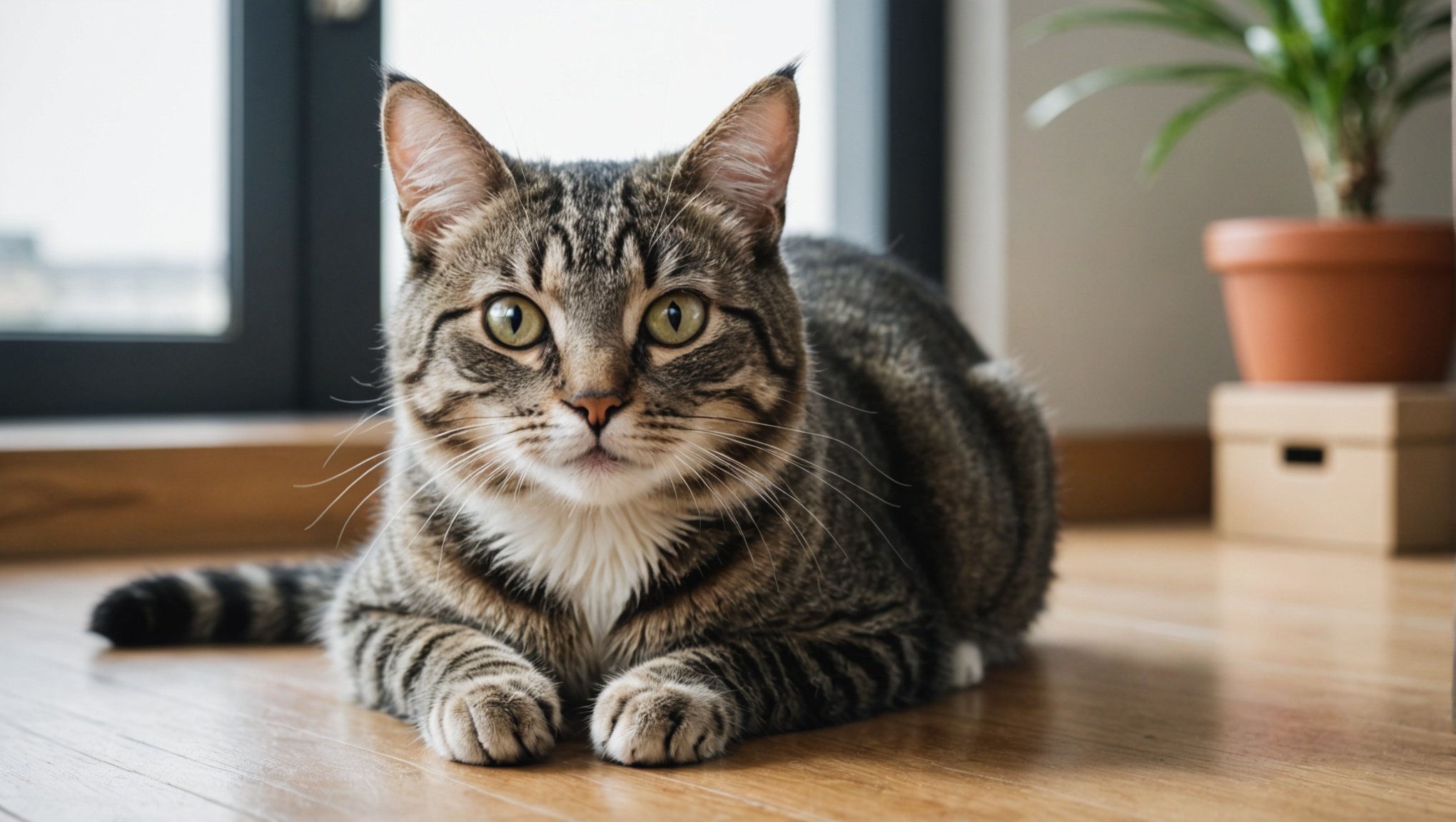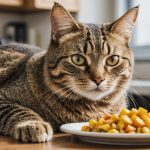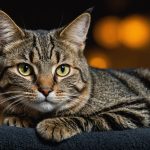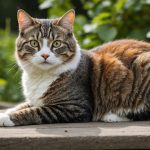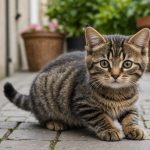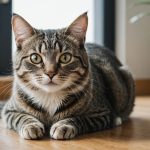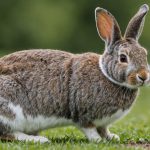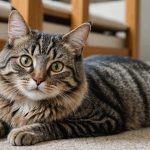Whether you’re a devoted feline aficionado or an animal med student expanding your knowledge base, providing an enriched living space for a cat, particularly those confined indoors due to FIV (Feline Immunodeficiency Virus) or FeLV (Feline Leukemia Virus), can hugely influence their happiness, health, and lifespan. With our fur kids’ best interests at heart, let’s delve into ways to offer a safe and engaging indoor habitat for our feline companions.
The Importance of an Enriched Indoor Environment for Cats
Indoor confinement is often vital for cats diagnosed with FIV or FeLV. These cats are at a higher risk of contracting other diseases because of their compromised immune systems. On the other side of the coin, these diseases are highly contagious among the feline population, thus indoor housing minimizes the risk of disease spread.
A lire en complément : What are the steps to successfully rehabilitate a cat with a history of hoarding situations?
An enriched indoor environment is essential for these cats as it offers not only a safe haven but also a playground to stimulate their mental and physical activities. Cats are inherently curious and need avenues to exhibit their natural behaviours like hunting, climbing, and exploring. If deprived of these, they can experience stress, boredom, or other behavioural issues.
Enriching the Indoor Space: Physical Layout & Amenities
The physical layout of the indoor space plays a significant role in your cat’s well-being. Feline owners often wonder about cat-proofing their homes. A cat-friendly indoor environment includes various elements like vertical spaces, hideouts, scratching posts, and safe toys.
Sujet a lire : How can you design a safe and stimulating outdoor area for a cat with Feline Leukemia Virus (FeLV)?
Vertical spaces like cat trees or shelves allow cats to climb and observe their surroundings, satisfying their natural instincts. Hideouts provide a sense of security and can be as simple as cardboard boxes or even specially designed cat caves. Scratching posts encourage natural scratching behaviour, which helps keep their claws healthy and mark their territory.
When it comes to toys, choose items that mimic the movement of their natural prey like birds or mice. This encourages hunting behaviour and keeps them active.
Indoor-Cat Nutrition & Health Care
Much like their humans, the health of cats also hinges on a balanced diet and regular healthcare checks. Proper nutrition can help manage the progression of FIV or FeLV and reduce the risk of secondary infections.
Feeding your cat a balanced diet high in protein is crucial as it provides the essential nutrients needed for their compromised immune systems. Regular vet visits are equally important to monitor their health status and provide necessary vaccinations.
Keeping Your Indoor Cat Stimulated: The Role of Technology
In the digital age, technology offers unique ways to entertain and engage indoor cats. Various apps and interactive online platforms can provide hours of stimulation for your cat. For instance, Google has several cat-friendly apps that feature moving critters on the screen, stimulating their hunting instincts.
Another entertaining and stimulating technological aid is the laser pointer, which can provide hours of fun and exercise. But remember, never point the laser directly into your cat’s eyes.
Encouraging Human-Cat Interaction
Providing companionship is another essential aspect of enriching your indoor cat’s environment. Regular play sessions, petting, and grooming all contribute to a cat’s emotional well-being and can strengthen the bond between you and your feline friend.
You might also consider adopting a second cat, provided they both get along well. This can offer companionship and reduces the likelihood of your cat feeling lonely.
While New Zealand has become a pioneer in providing outdoor cat enclosures or ‘catios,’ this might not be feasible for everyone. Still, there are other ways to give your indoor cat a taste of the outdoors, such as window perches or secured balconies.
Remember, an enriched indoor environment is key to the well-being of cats isolated indoors due to FIV or FeLV. As responsible cat owners, it is our duty to provide our feline companions with the care and stimulation they need for a content and healthy life indoors.
The Role of Outdoor Access for Confined Indoor Cats
Through Google Scholar, various studies have indicated the importance of providing a sense of outdoor access for indoor cats, especially for those confined due to infectious diseases such as FIV or FeLV. Indoor cats yearn for the stimulation that an outdoor environment provides as part of their feline med requirement.
While allowing outdoor cats to roam freely is not recommended due to the risk of disease control, there are ways to provide a similar experience indoors. One popular solution is creating a ‘catio’ or secured outdoor space where your cat can safely enjoy the outdoors. If this is not feasible, alternatives include window perches that allow cats to observe the outdoor environment, or even simple additions such as indoor plants can bring a touch of the outdoors in.
Encouraging your cat to engage with the outdoor view can reduce boredom and promote mental stimulation. Studies from Pubmed Google have shown that cats housed with access to windows display fewer behavioral problems than those without.
The Necessity of Adequate Food, Water, and Litter Trays for Indoor Cats
Managing the basic needs of your cat is just as critical to their overall health and happiness. Ensuring a constant supply of fresh food and water is a must for any cat owner. Specifically, for cats with FIV or FeLV, a diet high in protein is crucial to support their immune system. A variety of foods can also stimulate their interest and prevent food boredom.
Clean and accessible litter trays are another essential for indoor cats. According to a study from Appl Anim, improper management of cat’s waste needs can lead to behavioral issues and increased stress in confined indoor cats. To keep your cat comfortable, provide at least one litter tray per cat and clean them regularly.
Conclusion: The Lifespan and Well-being of Indoor Cats in the United States
To summarize, providing an enriched indoor lifestyle for cats living with FIV or FeLV is not just a matter of med surg solutions. It involves creating a stimulating environment, providing essential amenities, and fostering a strong bond with your feline friend.
Indoor cats, particularly in the United States, are living longer and healthier lives due to the increased awareness and resources available to cat owners. There is a wealth of information available through platforms such as Google Scholar, Pubmed Google, and various feline med publications to assist in providing the best care for your furry friend.
Remember, despite the challenges, caring for a cat with FIV or FeLV is very rewarding. They can still live a fulfilling life with your love, care, and commitment to their well-being. Your cat’s happiness and health are a testament to your efforts and the love you share. Never underestimate the power of a well-enriched indoor environment on your cat’s quality of life.
